Riverbank Restoration
Ensuring the stability of riverbanks on farm can have great financial, environmental and aesthetic impact. Riverbanks are naturally eroded from the river, however, activity on land, can cause these processes to be exacerbated and lead to more damage. Riverbank restoration projects are management tools put in place to protect, enhance and restore riverbanks.
As our climate changes, wetter and more extreme weather patterns are causing serious damage to riverbanks and aggravating already sensitive areas. Putting in affordable schemes is a good way to protect the bank and your farm.
The issues
Some of the main concerns along the riverbank is the reduction of vegetation that has occurred from poaching, erosion and unstable banks. The reduction in vegetation results in the soil structure losing stability and being vulnerable to erosion, which in turn leads to soil and nutrient loss from the farm. The riverbanks are left exposed with important habitats for fish and other species removed. Resulting effects are that the river can gain momentum through the area as the vegetation previously absorbed some of the river's energy, this then can increase flooding further downstream and increase riverbank erosion.
There are methods, which can be installed at a reasonable cost to counteract the damage. If you are interested in installing any of the techniques discussed below SEPA have produced ‘Sustainable Riverbank Protection Reducing Riverbank Erosion: A best practice guide for farmers and other land managers (SEPA)’
Fencing
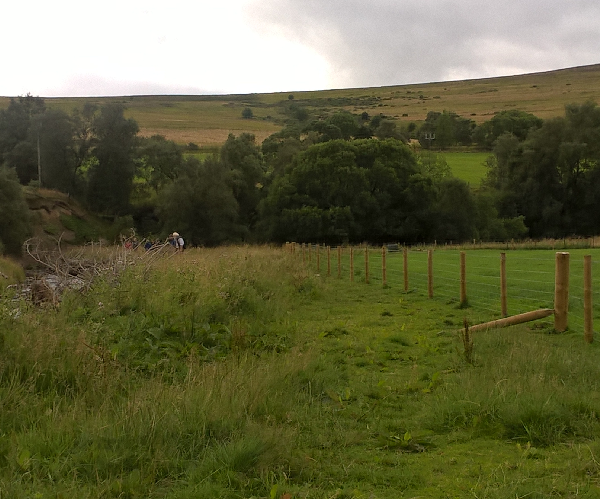
One technique, which will aid all others discussed on this page is installing fences to reduce access to the riverbank. Reducing the footfall onto the riverbank will help reduce compaction, allow vegetation to establish and help bind the soil.
Willow Stakes & Spiling
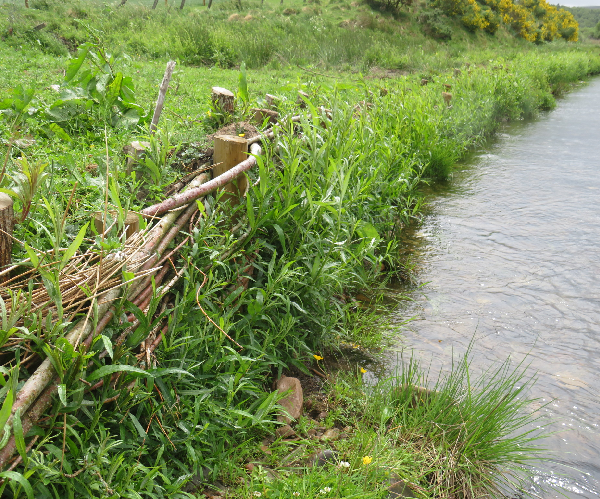
This technique is one of the simplest and cheapest management methods. It involves taking cut willow stakes and rods (the fresher the better) and forming a living willow barrier along the riverbank. The structure increases in strength as the willow grows and binds together, holding the soil together and absorbing some of the river’s energy.
Willow requires moist soft soils so the ideal time to begin your project is November to March, ensuring that work does not impact on any fish redds. Try to avoid beginning your project when the soil is dry as the willow will struggle to establish, therefore, not be able to provide the barrier required.
Brash & Small Trees
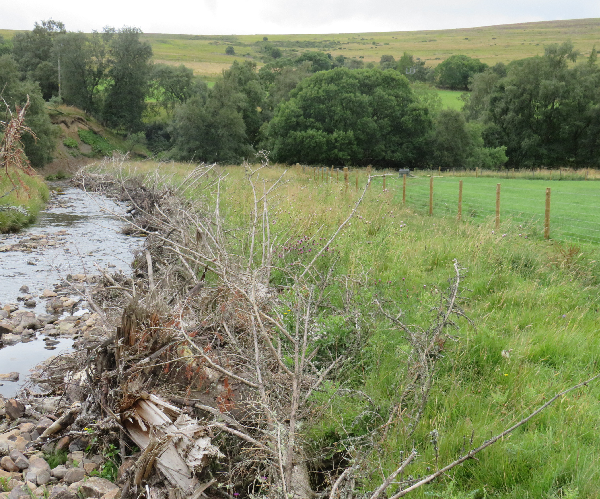
This technique is great for absorbing some of the river’s energy in sensitive areas along the riverbank. It involves taking bundles of brash, tied together, or small trees with branches and securing them in place along the bank, focusing on the more sensitive eroded and vulnerable spots. The river flows between the branches and naturally reduces in energy, resulting in less damage to the riverbank.
If you have space and capacity, combining this technique with willow spilling is a great option.
Large Trees
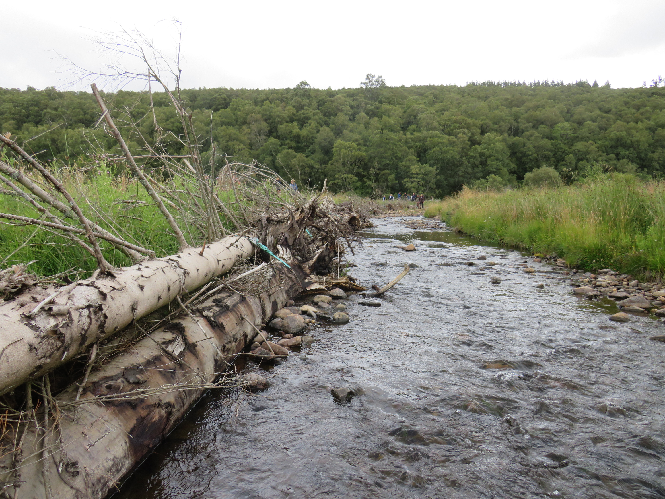
This technique is very similar to brash and small trees, however, the benefits of using larger trees allows for increase capacity to absorb more energy, for instance in a large river setting. In addition, it can be used to stabilise the bank while willow spiling is being established. Hence a great tool for combining methods.
The key is to use a mixture of different sizes and shapes to allow for increased roughness, allowing the river’s energy to be absorbed by the material. Ideally spruce, fir and pine are great choices, however, locally available trees can be used.
It is very important that the trees are secured properly as due to their size a tree could do a lot of damage if it was to break free.
Root Wads
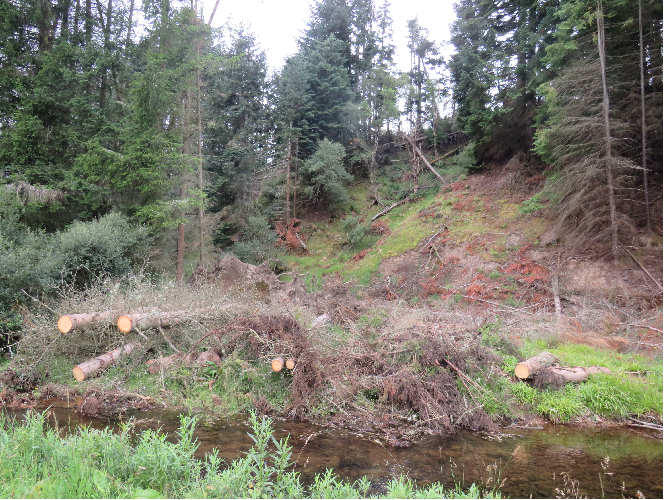
This technique involves installing the root wad into the riverbed. This is more technically challenging as a lot more excavation and detailed design in the positioning of the scheme is required to ensure that the systems are correctly and safely put into the bank. It is a very good method for fast-flowing rivers and outside bends in the river while combining with brash and or willow.
Useful Resources
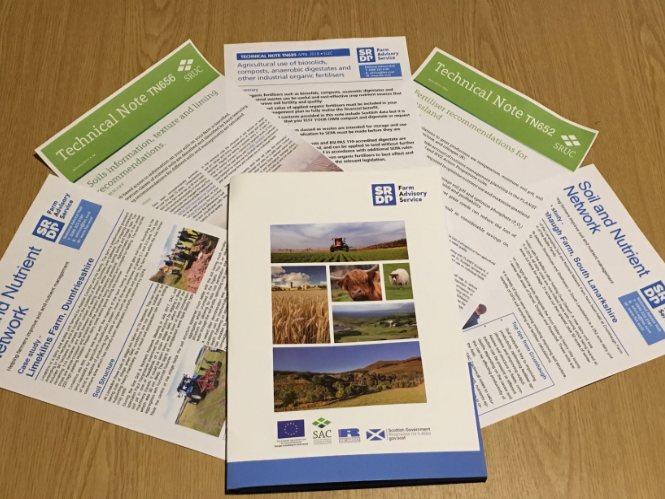
- Sustainable Riverbank Protection Reducing Riverbank Erosion: A best practice guide for farmers and other land managers (SEPA)
- The Water Environment (Controlled Activities) (Scotland) Regulations 2011 (as amended): A Practical Guide
- Water Margin Management: Episode 1 – Riverbank Management
- Natural Flood Management – A Farmer’s Guide
- Flood Resistant Fences
Sign up to the FAS newsletter
Receive updates on news, events and publications from Scotland’s Farm Advisory Service
